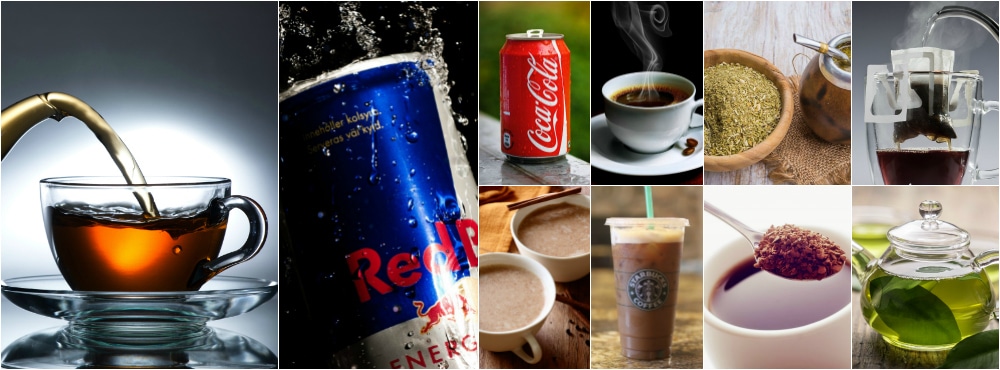
This chemical may also improve exercise performance and weight loss by boosting metabolism ( 17, 18).

In another study, a 60-mg shot of caffeine - about 1 espresso or 5 coffee beans - resulted in improved contentment, mood, and attention ( 15).Ĭaffeine works by inhibiting the hormone adenosine, which causes drowsiness and tiredness ( 16). One study found that drinking 2 cups of coffee with 200 mg of caffeine - the equivalent of around 17 coffee beans - was as effective as a 30-minute nap at reducing driving mistakes ( 14).

For example, this substnace can boost energy, alertness, mood, memory, and performance ( 11, 12, 13). Your body absorbs caffeine from whole coffee beans at a quicker rate than that from liquid coffee ( 2, 3).Ĭaffeine impacts your brain and central nervous system, resulting in many benefits. On average, eight coffee beans provide an equivalent amount of caffeine as one cup of coffee. An Easily Absorbed Caffeine SourceĬaffeine is a natural stimulant found in a variety of food and drinks, including coffee and tea. In fact, roasting can result in a 50–95% loss of chlorogenic acid - though coffee beans are still believed to be one of the best dietary sources ( 10). The amount of chlorogenic acid in coffee beans varies depending on the type of bean and roasting methods ( 9). Some trials suggest it may have cancer-fighting properties as well ( 5, 6, 7, 8). Studies show that chlorogenic acid may reduce your risk of diabetes and combat inflammation. An Excellent Source of AntioxidantsĬoffee beans are packed with powerful antioxidants, the most abundant being chlorogenic acid, a family of health-promoting polyphenols ( 4). Here are some potential benefits of snacking on coffee beans. Yet, consuming the beans likely provides some of the same benefits as sipping the drink. While many studies have examined the benefits of coffee as a beverage, few have explored the effects of eating coffee beans. However, consuming coffee beans in moderation is advised because their nutrients are more concentrated than liquid coffee’s. Roasted coffee beans are slightly softer.Ĭhocolate-covered, roasted coffee beans are often sold as a snack and are easy to find in your local store. They have a bitter, woody flavor and can be hard to chew. That said, green coffee beans - which are raw - aren’t very pleasant to eat. What’s more, eating coffee beans - rather than drinking the beverage - may lead to more rapid absorption of caffeine through the lining of your mouth ( 2, 3).īoth the beneficial and negative effects of coffee are amplified when the beans are consumed whole.Īs such, it is best to eat coffee beans in moderation. It is thought that before coffee was developed as a beverage, its beans were often mixed with animal fat and consumed to boost energy levels ( 1).Ĭoffee beans provide the same nutrients as a cup of joe - but in a much more concentrated form.īecause regular coffee is filtered and diluted with water, you only get a portion of the caffeine and other substances found in the whole bean.

New data are needed to provide informative labelling, with attention to bean variety, preparation, and barista methods.Coffee beans have been eaten for hundreds of years or more. As many coffee houses prepare larger volume coffees, such as Latte and Cappuccino, by dilution of a single or double shot of expresso, further study on these products is warranted. Consumers at risk of toxicity, including pregnant women, children and those with liver disease, may unknowingly ingest excessive caffeine from a single cup of espresso coffee. This snap-shot of high-street expresso coffees suggests the published assumption that a cup of strong coffee contains 50 mg caffeine may be misleading. The most caffeine in a single espresso was 322 mg and a further three contained >200 mg, exceeding the 200 mg day(-1) upper limit recommended during pregnancy by the UK Food Standards Agency. These variations reflect differences in batch-to-batch bean composition, possible blending of arabica with robusta beans, as well as roasting and grinding procedures, but the predominant factor is likely to be the amount of beans used in the coffee-making/barista processes. HPLC analysis of 20 commercial espresso coffees revealed 6-fold differences in caffeine levels, a 17-fold range of caffeoylquinic acid contents, and 4-fold differences in the caffeoylquinic acid : caffeine ratio.


 0 kommentar(er)
0 kommentar(er)
